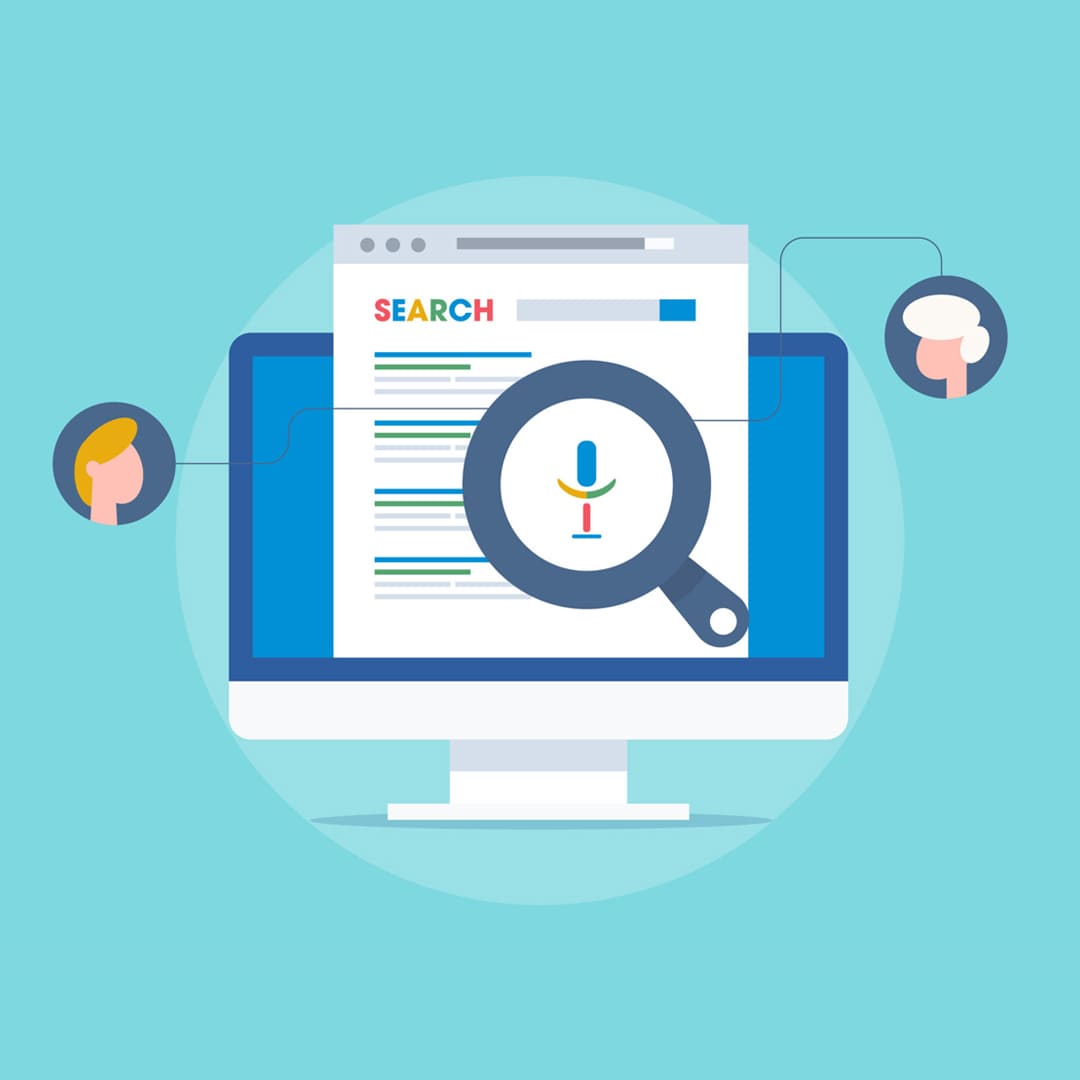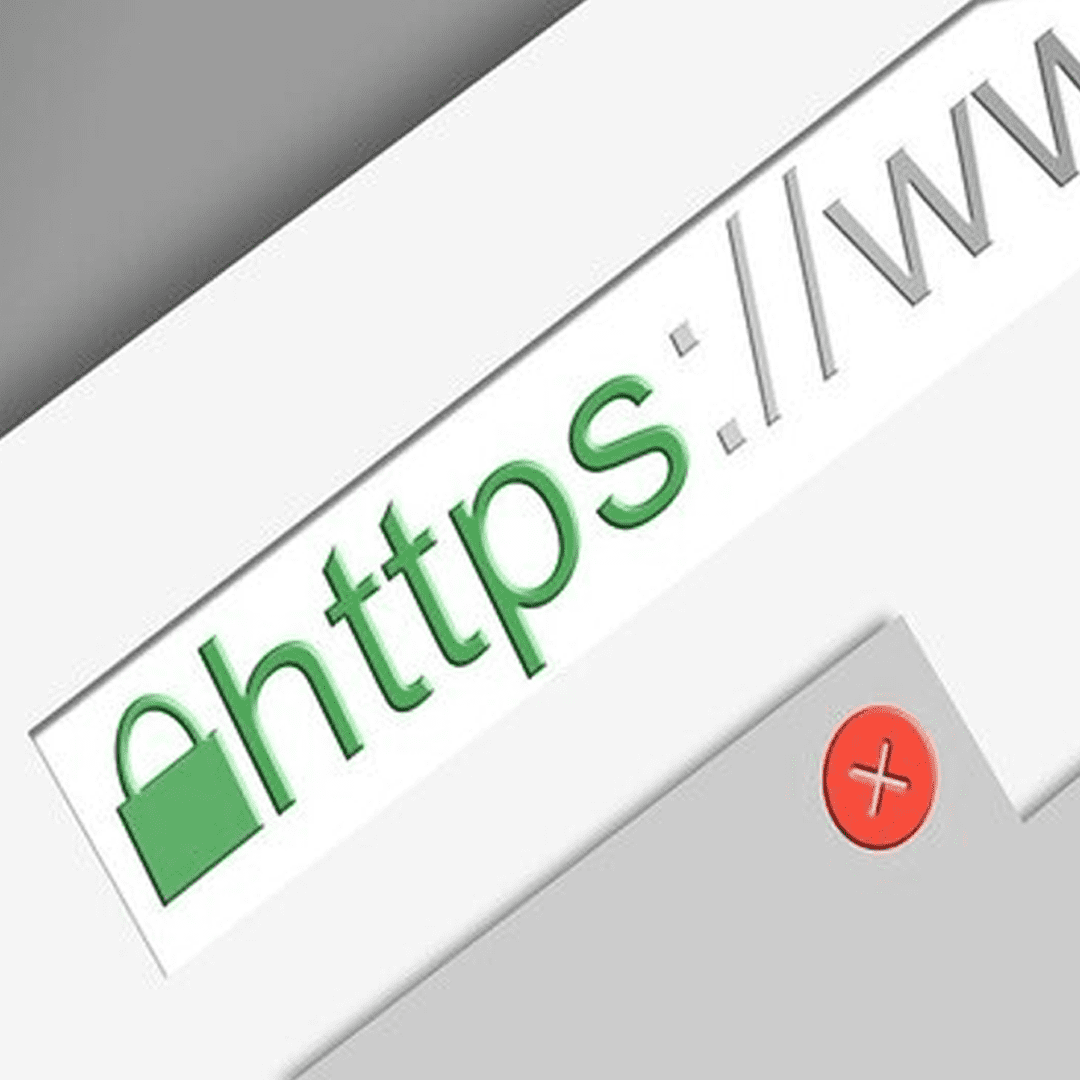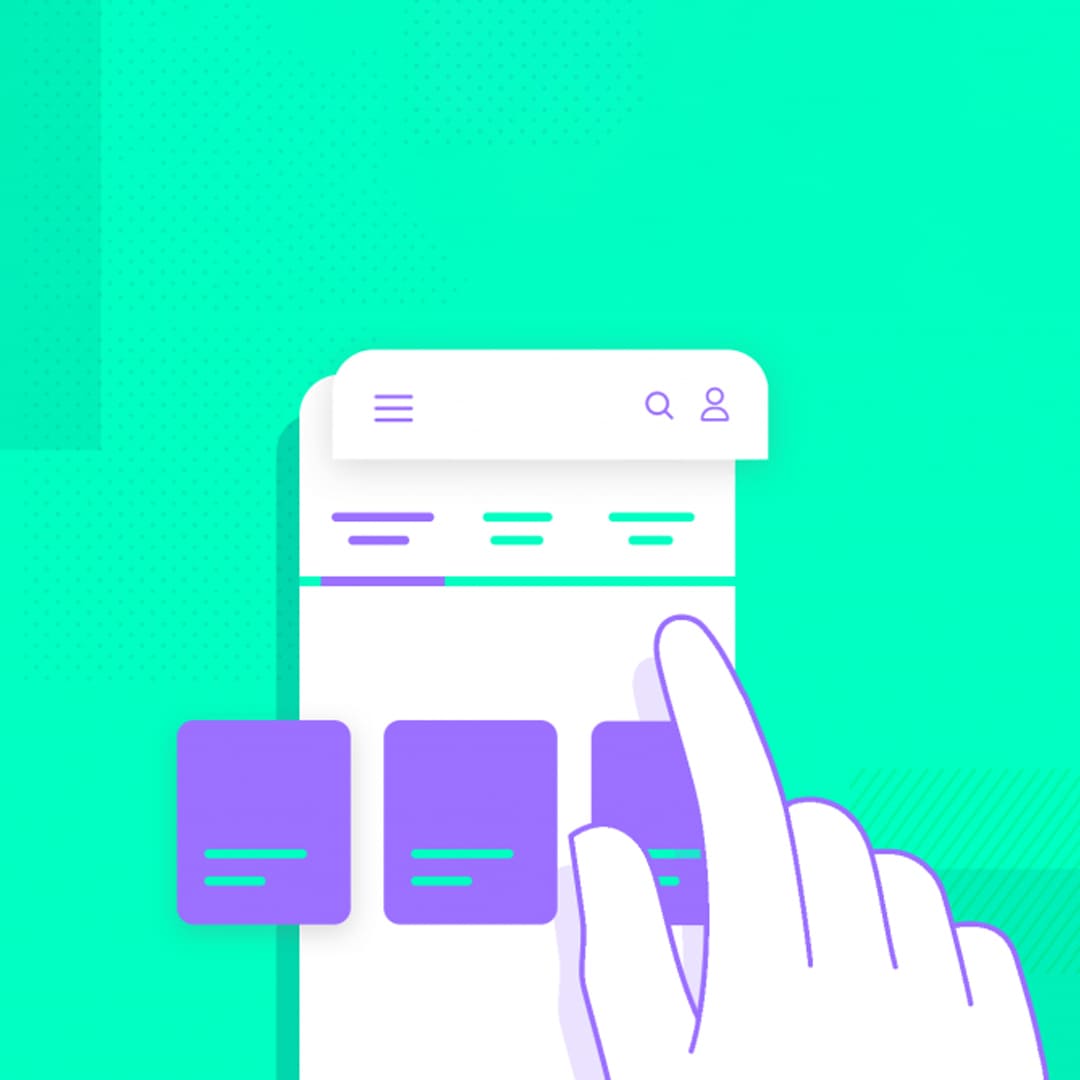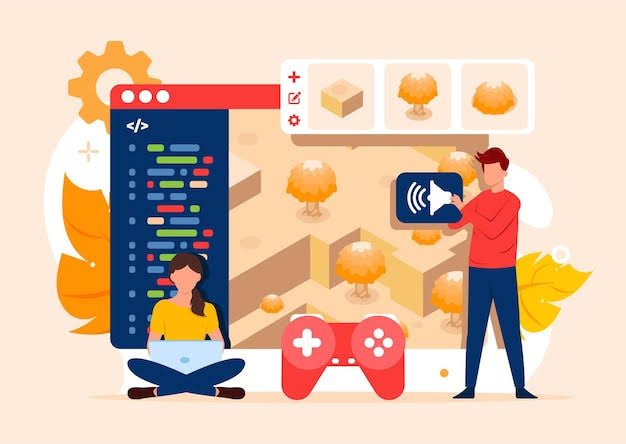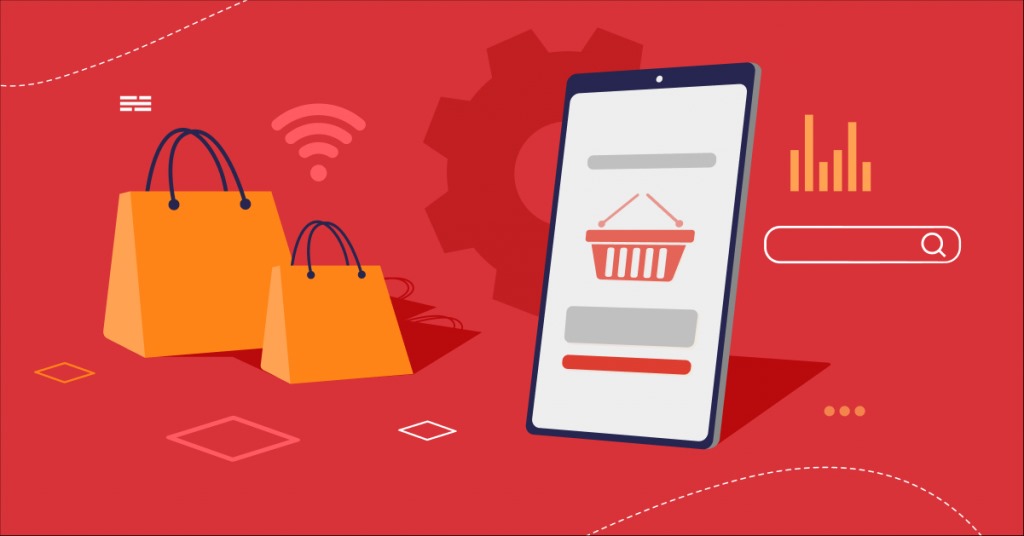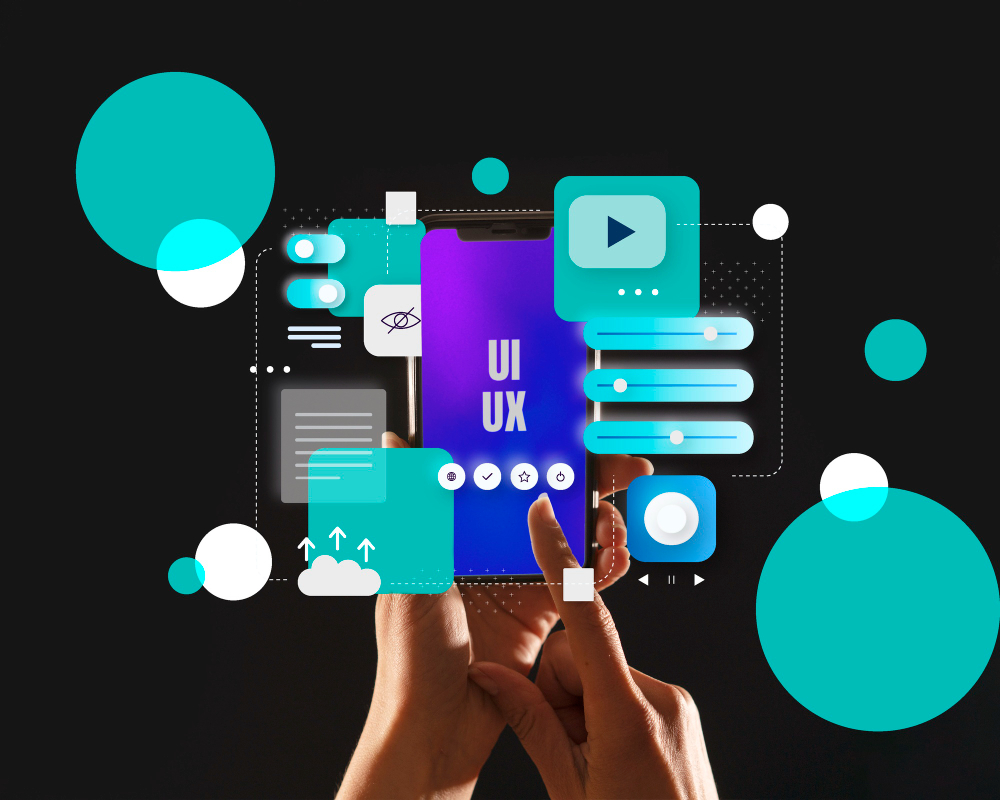Progressive Web Apps (PWAs) Explained

It's now the digital age, where the web turns from being merely an information source to a lively platform for highly interactive and user-centric applications. The Progressive Web Apps are at the helm of this wave by bringing the best qualities of web and mobile experiences. These web applications present a look and feel of native mobile apps that have retained flexibility and reach of traditional web technologies. This is a comprehensive guide that will look into the deep drive of PWAs, highlighting their benefits and why they have become the game-changer for app development.
What are Progressive Web Apps?
PWAs stand for Progressive Web Apps, an application software offered over the web. PWAs run with standard web technologies HTML, CSS, and JavaScript. PWAs, like any standard-compliant browser, support any kind of platform. PWAs support offline work, render fastly, and are also experienced quite similarly to a native application on both the desktop as well as mobile devices. In fact, this is where PWAs are different from mobile applications, which do not have to be downloaded from the app store but can still be added to the home screen on your devices for easy access.
Key Features of PWAs
- Progressive: The name itself says that PWAs work for every user across a wide range of browsers, thanks to progressive enhancement techniques.
- Responsive: It adapts according to screen size and orientation. It ensures effortless use on all sorts of devices, be it on mobile phones, tablets, or desktops.
- Connectivity Independent: Thanks to service workers, which is one of the core technologies which cache assets and control network requests, PWAs can work offline or with low-quality network conditions.
- App-like Experience: They offer a native-app-like user interface and user experiences, which cannot be distinguished from native mobile applications.
- Fresh: PWAs are always fresh because they are updated with new content, so there is never out-of-date information in any part of the application.
- Safe: Since PWAs are served via HTTPS, there is security from third-party interference concerning the app and the data.
- Discoverable: PWAs are discoverable by search engines, bringing them nearer than native apps, which exist in app stores.
- Re-engageable: The features of push notifications make possible re-engagement with the user even after the user has left an application.
- Installable: Users can "install" the application directly on their device's home screen without a visit to an app store.
- Linkable: Like native web applications, links to PWAs can be shared with others, which makes accessing any part of the app easy with a URL.
Technologies that Make Up PWAs
To deliver the PWA experience, a number of web technologies are employed. Some of the most important ones are:
- Service workers: These will run in the background outside of the webpage; they allow PWAs to cache assets, handle push notifications, and manage background data synchronization. It is an important element that would enable offline functionalities and improve performance by providing offload from the server.
- Web App Manifest: it's a simple JSON file defining basic app metadata, including the application's name, icon, theme colors, and start URL. It thus allows the application to be installed on the home screen of a device and to launch in full-screen mode, like native applications.
- Application Shell Architecture: This design principle separates the skeleton of the app (the shell) from its contents. The shell is cached using service workers, so that the app can have a faster load-in even on slow networks.
- Push Notifications: PWAs can send push notifications to users in real-time, encouraging re-engagement with the app. It is a very crucial feature to keep updated on new features or updates.
- IndexedDB: IndexedDB is a low-level API to store large amounts of structured data. It enables PWAs to store content locally enabling them to be used offline and sync data when the network is available.
Advantages of PWAs
Progressive Web Apps, being a smart combination of web and native mobile applications, offers numerous benefits for business users and users alike. Here are the main advantages of PWAs.
1. Compatibility across multiple platforms
PWAs work perfectly across numerous devices and platforms, including mobile, tablet, and desktop. Since they are developed using standard web technologies, including HTML, CSS, and JavaScript, they work on any device that has a modern web browser. Thus, the need to develop separate apps for iOS, Android, and web is eradicated.
2. Offline Functionality
Another benefit of PWAs is the offline or low network connectivity functionality. Using service workers, PWAs can cache important resources and data, so a user can surf content even if they are not connected to the internet. This is especially important for sites with e-commerce and a large amount of content.
3. Fast and Reliable Performance
PWAs are optimized to load fast and seamlessly. This makes them use features like caching, lazy loading, and background sync to ensure the delivery of content to the user as soon as possible even in low bandwidth environments. This will enhance user experience and minimize bounce rates in conversion maximization.
4. No Installation Required
PWAs access directly through a web browser. No need to go to an app store; no installation process is required. Get a "PWA installed" within a blink, adding it to the home screen with just one click, reduces friction and increases adoption.
5. Reduced Development and Maintenance Costs
Since PWAs are basically developed using standard web technologies, businesses only need to develop one version across the platforms. This leads to cost savings on development as well as maintenance since something which is developed for native mobile needs to be maintained separately for Android, iOS, and for the web. In addition to this, any updates can be easily pushed out without asking the users to download new versions of the application from app stores.
6. Increased User Engagement
PWAs support features such as push notifications, allowing businesses to keep users interested by giving them updates, offers, or reminders in real-time. This contributes to greater retention of users and more lucrative customer engagement without the need for a mobile application.
7. App-Like Experience
PWAs can give a seamless experience like native applications, functionality for example going full-screen, transitions among pages of navigation, and fast responses. The interface resembles natives in terms of familiarity while using it, preserving the benefits of web accessibility.
8. Better Security
PWAs serve over HTTPS, meaning a secure channel is guaranteed between the user and the server. Such encryption covers sensitive data, such as financial transactions or even personal information, including interactions of a user. In addition, PWAs are constantly updated to ensure that security vulnerabilities are promptly attended to.
9. Search Engine Optimization (SEO)
Since PWAs are, in many respects, websites, they can therefore be crawled by search engines, which makes them much more discoverable and visible. By using best SEO practices, business outreach can get amplified further, which leads to more users coming towards them.
10. Seamless Updates
PWAs are always updated because they load directly from the web. This means that asking users to update the application manually through an app store is a thing of the past. Businesses can push updates instantly so that the users have the latest features and bug fixes.
11. Reduced Data Usage
PWAs are very light and optimized for performance, thus consuming little data. This is particularly useful to people who have limited plans or are in regions where access to the internet is pricey and slow. Through caching and other efficient loading techniques, PWAs help minimize data consumption even as it gives a rich experience.
12. Higher Conversion Rates
PWAs typically result in higher levels of user engagement and conversion rates because it is a fast-loading, app-like interface that has push notification capability compared to regular websites. At the same time, it makes it easier for users to accomplish tasks such as purchasing or signing up because of easy access and silky-smooth functionality, thereby improving business outcomes.
Progressive Web Apps consolidate the advantages of having both a website and mobile app. With cross-platform support and offline, it is accessible with excellent user experience. Business choice to engage a large audience through lower development costs, features related to engagement, and ease of use by having the best digital experience for users.
Real-life Examples of PWAs
Many such large companies have also started using PWAs and had nice results. Some of the examples are:
- Twitter Lite: PWA Launched by Twitter. It uses 70% less data to deliver a quicker, more data-friendly experience to the user in emerging markets. The application loads within under 3 seconds on most devices. Having an offline mode, it highly enhances user engagement.
- Alibaba Alibaba, with the implementation of PWA, saw an overall increase in conversions across all browsers by 76%. In addition, the app is faster even in the poorest internet connectivity areas and will also allow for push notifications to keep users engaged.
- Pinterest-Pinterest has transformed its mobile user engagement by the launch of PWA. This, in turn, increased the user engagement by 60% along with boosting up the time users spent on the site by 40%. The app also increased the retention of the users through native-like experience.
- Starbucks: Starbucks developed a PWA for their ordering application where users could browse the menu items, configure orders, and add them to the cart, even when not connected with the internet. Connected customers could process orders easily. This opened the door to the tremendous increase in the customer engagement and customer satisfaction.
Limitations with PWAs
PWAs have many advantages but they also come with some challenges:
- Limited Support on iOS: Although the support of PWAs on iOS has improved, it is still limited in some major aspects, such as some prominent features like push notifications and background synchronization, therefore leaving the user experience somewhat compromised for the users of iPhone and iPad.
- PWAs are not meant to get full access to native features present on devices like Bluetooth, NFC, advanced camera functionalities. Though quite powerful in their execution, this considerably limits the scope of applications in some instances.
- Discoverability Issues: PWAs can be indexed by search engines but miss the exposure that comes with being visible in an app store. So, in some cases, discoverability would be limited.
- Security Risks: The significant flaw in the current acceptance of PWAs is that they are susceptible to common web-based security risks since it leans heavily on web technologies. However, proper HTTPS implementation and inclusion of other security measures provide mitigations against most security risks.
Indeed, Progressive Web Apps mark one enormous shift in the approach to development of both web and applications. The features of PWAs will continue to expand with evolving browser support and new web standards coming into the scene and, at this pace, the distinction between web and native applications will just melt away. With Google and Microsoft pushing hard for it, as more companies begin to realize their might, the proposition is really bright to see this novel way of developing applications take shape in the future.
Trends in Augmented Reality (AR) Apps
AR Changes the Shopping and Retail Experience How is augmented reality changing how people shop? Applications allow consumers to virtually "try on" clothes, makeup, or accessories all from their home. Organizations like IKEA use AR, so the user can superimpose furniture in their home prior to a purchase being made. It enhances the experience of shopping and diminishes the possibility of returns.
- With AR, the process of learning has now become an interactive form and more effective. 3D models of planets, historical landmarks, or the human body could be displayed using AR apps in schools and colleges to make complex topics understandable. For instance, medical students can use AR to study the human body in a realistic way.
- Web-Based AR WebAR lets a person see AR directly from the web browser without the need for downloading apps. This makes it more accessible and easier to use. Companies are using this to market: Users can scan QR codes or click on links to see 3D representations of products without installing anything on their phones.
- AR is widely used in Games AT games are pretty popular, mainly because they get advanced by games such as Pokémon GO. The games mix up the real and virtual world, prompting people to navigate their environments. More recent games, particularly the AR ones, are becoming more immersive as well, with multiplayer and a lot better graphics.
- Social media AR filters and effects have gained popularity on platforms like Snapchat, Instagram, and TikTok. Some of these networks enable users to add enjoyable effects to photos and videos, change their personalities, or interact with virtual elements. Brands are now increasingly using them as marketing tools by enabling clients to try on a product or interact with a brand in the most creative ways possible.
- AR for Navigation Navigation is getting better with AR. It superimposes digital directions on the real world, indicating the direction in which you should go. For example, through a Google Maps AR app, arrows and directions may be cast on a feed from a phone's camera to help you get through the streets while walking around. This is very helpful when traveling through cities or large indoor spaces like malls or airports.
- AR in Healthcare AR is now an indispensable tool for health professionals. They can visualize the organism or bones while conducting surgeries with the help of AR. So, now they can even explain the treatment by showing a 3D model of his health condition to the patient and thus educate him about it.
- Future of AR and Wearable Devices. The future also holds a relation with the world of wearable devices. Its one application is with AR glasses through which one can use their arms and hands much more conveniently than ever. Apple and Google are taking interest in developing AR glasses through which digital information about the real objects makes tasks like navigation or remote collaboration at work much easier.
- 5G-Powered AR 5G networks would easily bring about smoother and faster AR by reducing time lags in data transmission. That means users can load up AR apps even faster and can perform at a more efficient rate, even playing multiplayer games, or if one hosts a live AR event. Better real-time experience is promised with 5G.
- AR is used in home design and real estate to help homeowners design and plan their homes. With apps, a user can see how furniture, decor, or even the color of walls will look on the real space. Even real estate agents have been using AR, which is a way of giving virtual home tours so that buyers can view their property remotely on their phones.
These trends indicate that AR may become a very potent tool in the domains ranging from shopping and games through education and medicine. And as such technology evolves, it will be included into everyday life by means of its light-hearted and engaging opportunities.
Progressive Web Apps are giving user interactions with the web a new twist. PWAs combine the best of web and mobile technologies to deliver fast, reliable, and engaging experiences that were heretofore available only from native apps. The ability to serve app-like experiences without the necessity of downloading an app from an app store makes it a very interesting choice for businesses and developers alike. Moreover, as the web continues to evolve into the future, the prospects for PWAs to dominate the future experiences of the web may become even larger in size.
Recent Stories
500k Customer Have
Build a stunning site today.
We help our clients succeed by creating brand identities.
Get a Quote










